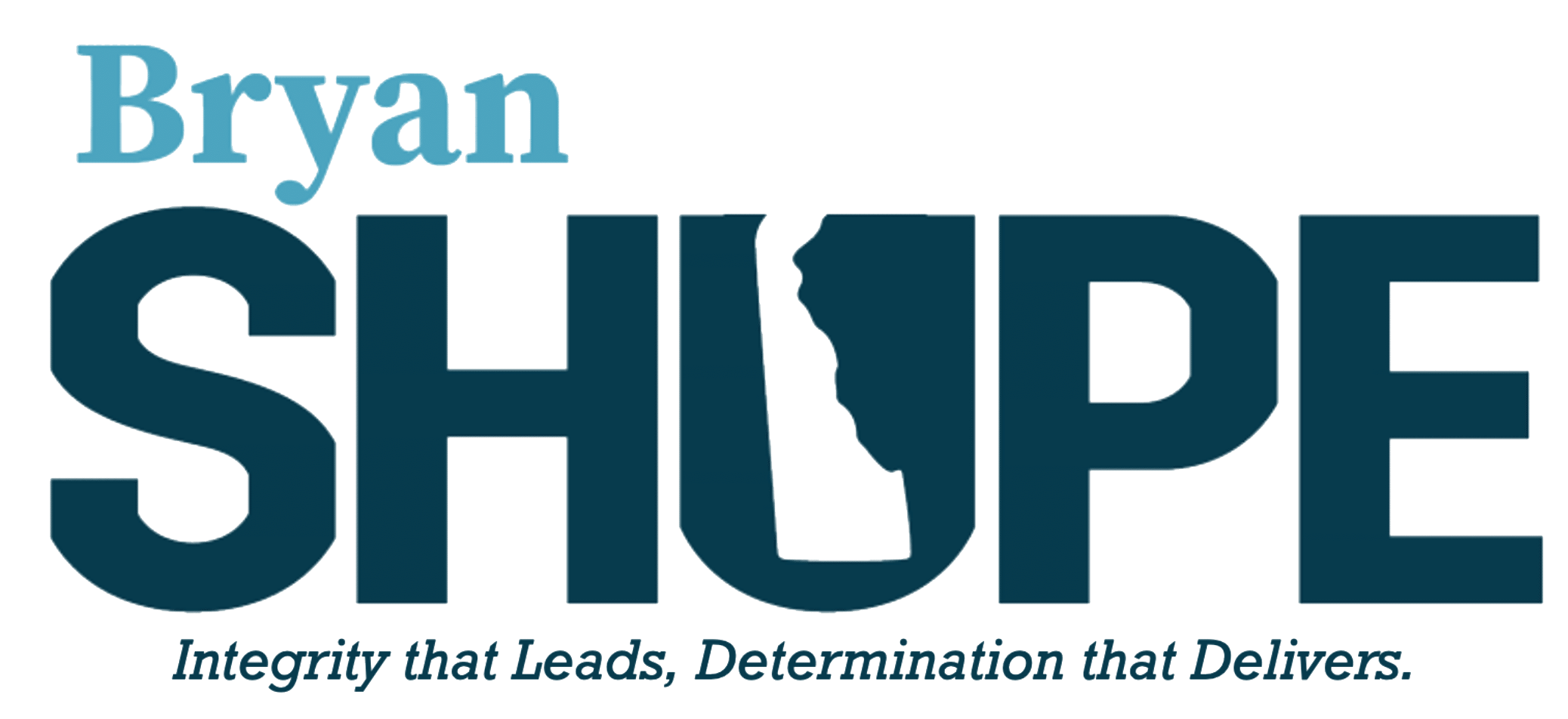There are 25 schools in Delaware where under 10% of their student population is proficient in English or math. Even worse, these schools have been on this same track for several years, showing no signs of improvement and little has been done at the State level to address this. How can we expect children to succeed, learn, and make positive life-long decisions when they cannot grasp the basics of English and math? Forget the next generation of engineers, doctors, and tradespeople (which are all in high demand in Delaware), these schools are not even preparing over 90% of their student population for success in making simple life decisions to survive. They will not understand the basic math needed to juggle their personal finances, the basic reading needed to apply for job opportunities to create income, or the basic communication skills needed to traverse daily routines in life. Too many of our schools are below the proficiency rate we should accept in the state of Delaware and single-digit proficiency schools are where we must start.
As a small business owner, I am too aware of the fact that each day there are too many interests and resources competing for our time. In education, the list is endless, and according to who you ask the priorities differ. One focus I believe we can all get behind is to start with Delaware’s single-digit proficiency schools and execute a plan that will help the families in these forgotten districts succeed. This does not mean we ignore other challenges, it simply means that these schools are ripe for the opportunity for change and the successes we see here can give us great insights into how we can replicate plans in other areas.

For these single-digit proficiency schools, I believe two paths forward are necessary: Daily literacy intervention and school passports. Intervention in the key areas of English and math is critical at an early age and these schools need to have dedicated intervention programs in these areas as the focus of their every day. The saying “You learn to read from pre-kindergarten to grade 3 and then you read to learn” is so true in the world of education. Third-grade reading levels have statistically been linked to the ability to predict whether a child will have a stable job or be dependent on others for the rest of their lives. In the early stages, these children need as much time, one on one if necessary, to understand the foundations of learning. The success of these programs will likely come from a partnership between public, private, and nonprofit services to attain the literacy rates necessary. Intervention at the highest level will pay dividends in the future of these students, our education system, and our society.
The second feature that is critical for these families in single-digital proficiency schools is that they have the ability to choose their own future. It is not their fault that the State has provided them a failing school system that has not addressed single-digit proficiency learning year after year. We must not hold these families accountable for mistakes they did not make. With proficiency rates this low, there is something fundamentally wrong with the system at these locations. It does not mean that the teachers and staff are not working hard and getting up every single day with a burning desire to help these children. What is does mean is that this institution of learning is not connecting that hard work with the students in a way that the desired outcome is being reached. Until that fact can be acknowledged, challenged, and overcome, those local families should not have to bear the burden of a failing system. As we know, the early years of development are critical, and even if a school could provide better services for students over a four-year improvement period, that students would still be forced to be in that single-digit proficiency school for their educational career at that building. Since families cannot turn back the clock and get those years back, they need choices now in order to improve their student’s ability to succeed.
That is why I am proposing that in single-digital proficiency schools, families should have direct, daily intervention for both math and English and also other choices. Each family should have the ability to school choice, and be accepted, to other schools within that County to receive the adequate education level they need for their child. Each family at single-digit proficiency rate schools should also be given the choice to have an education passport to any private school in Delaware in the same amount that taxpayers are paying for his/her public education. The average cost in Delaware is a little under $16,000 per student. This passport will ensure that families that have historically been mandated to send their kids to single-digit proficiency schools have a choice to receive a better education at the exact same expense that the Delaware taxpayer is currently paying at their current school.
What does that mean for single-digit proficiency schools if they see an exodus of local students? First, let’s not fool ourselves into thinking that single-digit proficiency rates are acceptable. Not only as taxpayers but as families that want to see other families succeed and prosper, we should not allow single-digit proficiency schools to exist. This problem needs to be addressed now before another generation of children misses out on the opportunities that literacy and a passion for education can bring into their lives. Doing nothing, as the State has done for years, would do more harm to these families and our communities in Delaware than literally shutting down these schools tomorrow and sending those students to surrounding schools with much higher literacy rates. Let’s also be clear, that this plan to provide daily, an immediate intervention and family choice will not lead to schools shutting down. It could cause a drop in student population which may be exactly what these students and schools will need to come back from this tragic state of affairs. The bottom line is, a commitment to making no progress year in and year out is unacceptable and while future literacy intervention programs take place that seeks school improvement, families deserve the ability to make their own choices about their child’s educational career.
This focus on single-digit proficiency rate schools will not be the panacea for our challenges in the Delaware public education system. That will take committed work from families, teachers, students, and school leaders working together to address street-level challenges, many of which will be best served by local, community-driven solutions. This is a path forward that will help families that have been forgotten, underserved, and if brushed aside once again, will become the next generation of dependent adults. We can turn around their future by committing a quality education to them through increased literacy intervention and providing choices for families when the State cannot meet that promise.


